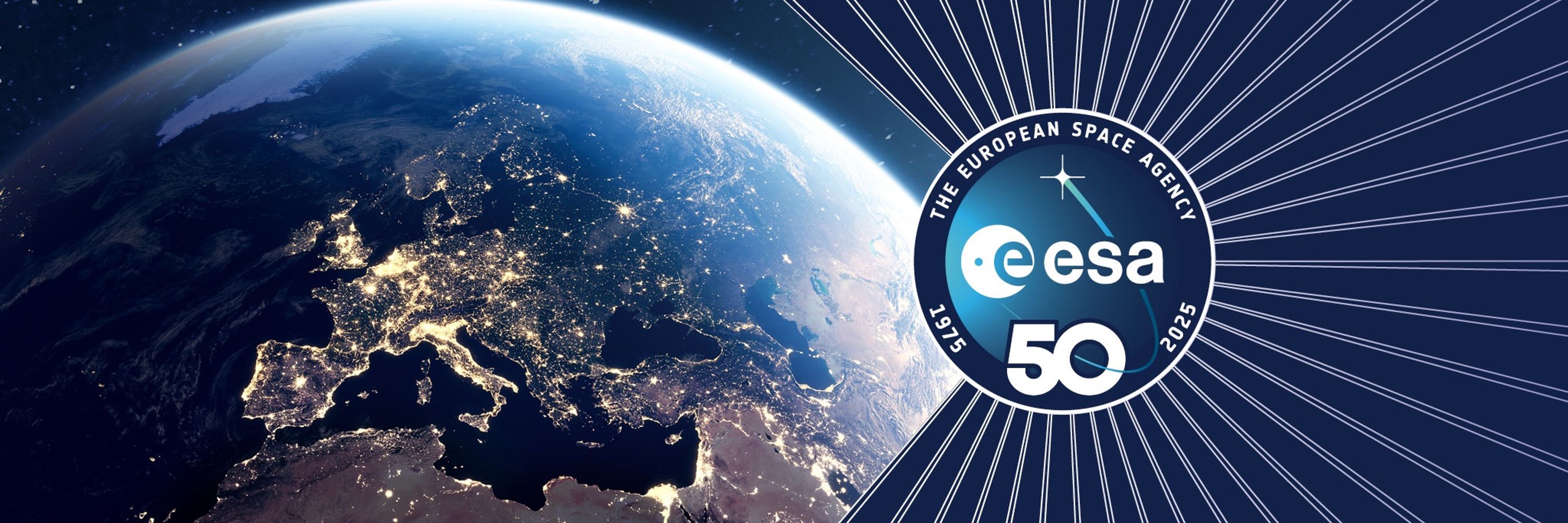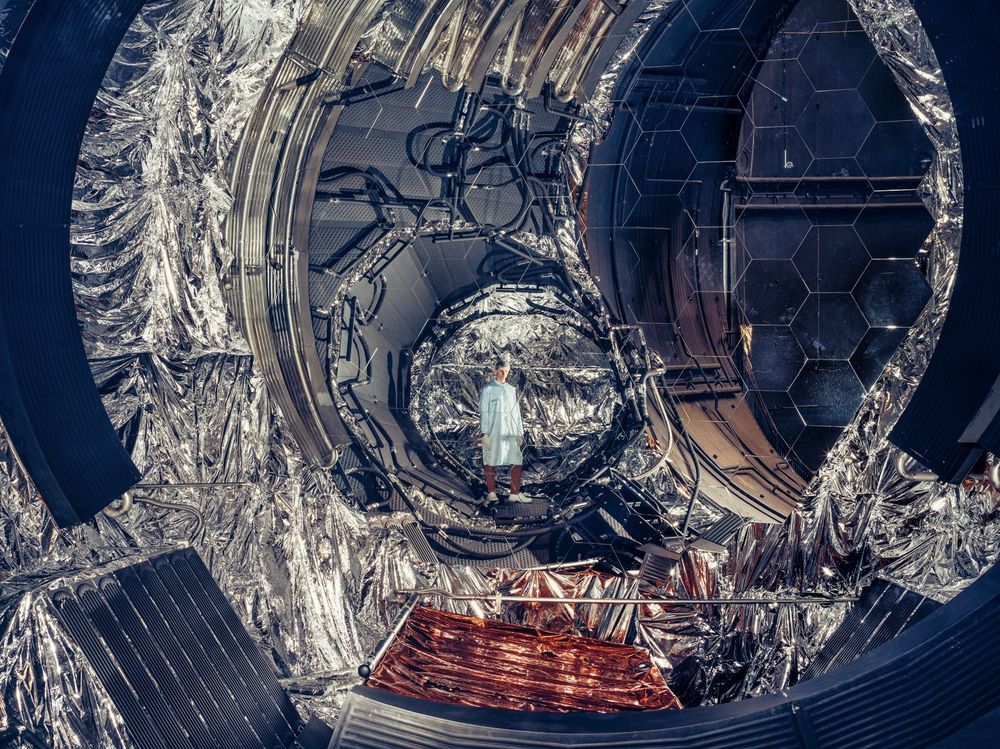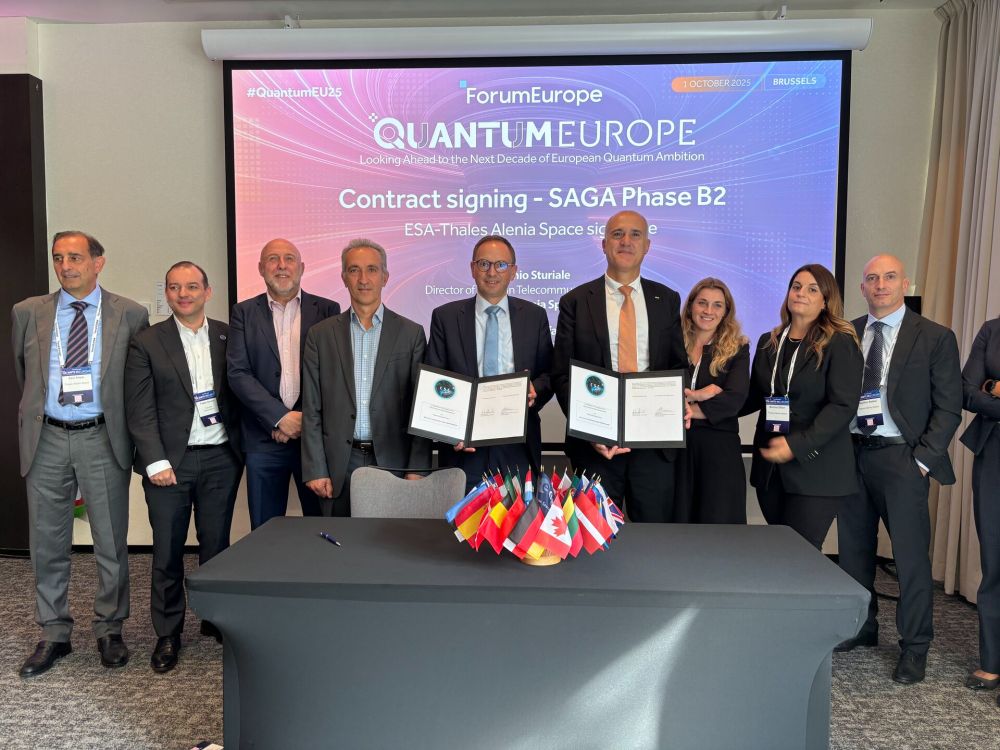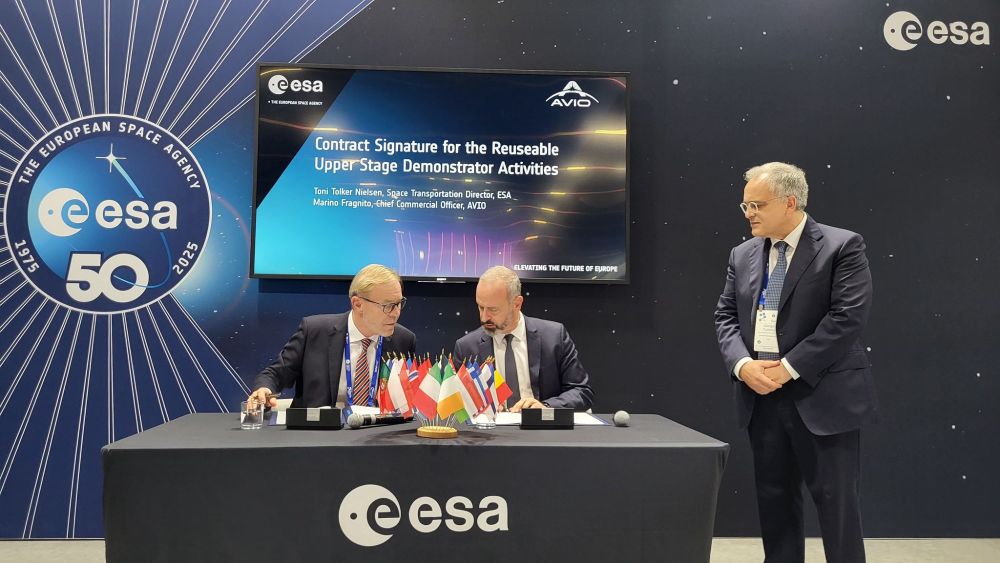European Space Agency
@esa.int
52K followers
120 following
440 posts
#50YearsOfESA: we're the European Space Agency, keeping you posted on European space activities.
Please see our Privacy Notice: https://esa.int/connectwithus
Posts
Media
Videos
Starter Packs
Reposted by European Space Agency
Reposted by European Space Agency
Reposted by European Space Agency
Reposted by European Space Agency
Reposted by European Space Agency
Reposted by European Space Agency
Reposted by European Space Agency
Reposted by European Space Agency
Reposted by European Space Agency
Reposted by European Space Agency
Reposted by European Space Agency
























